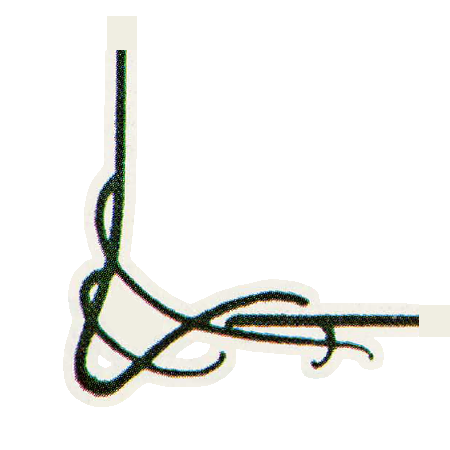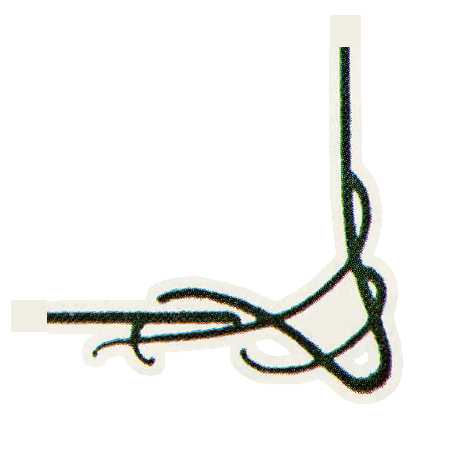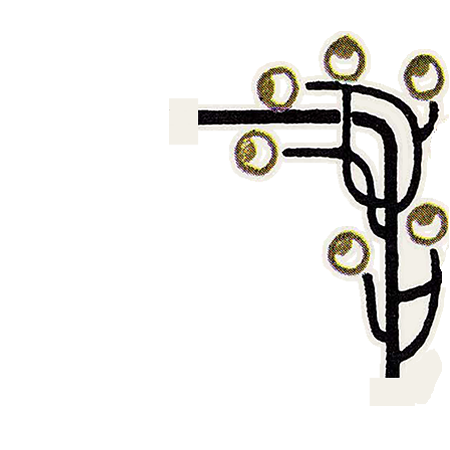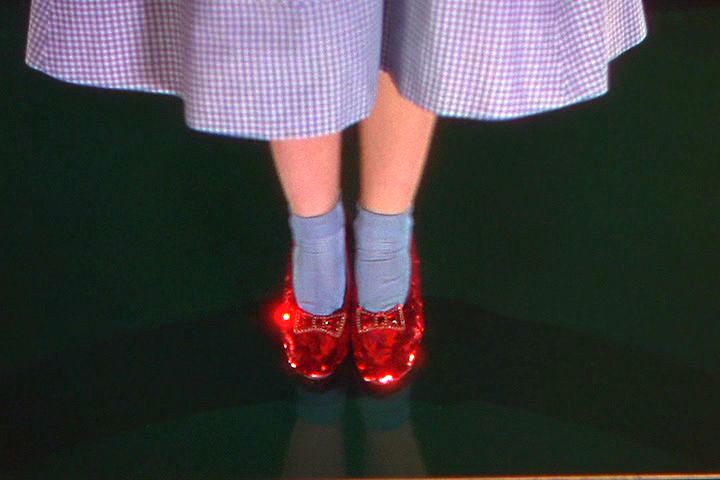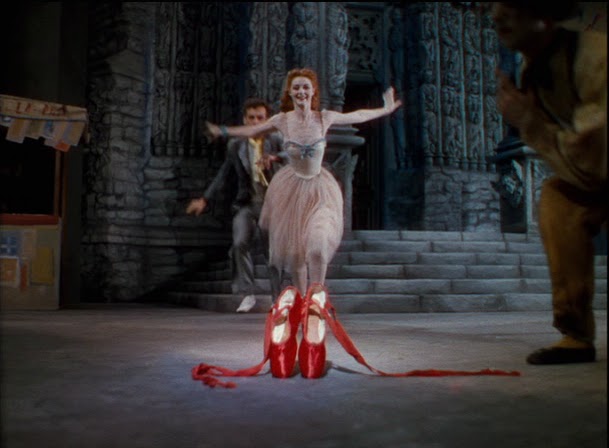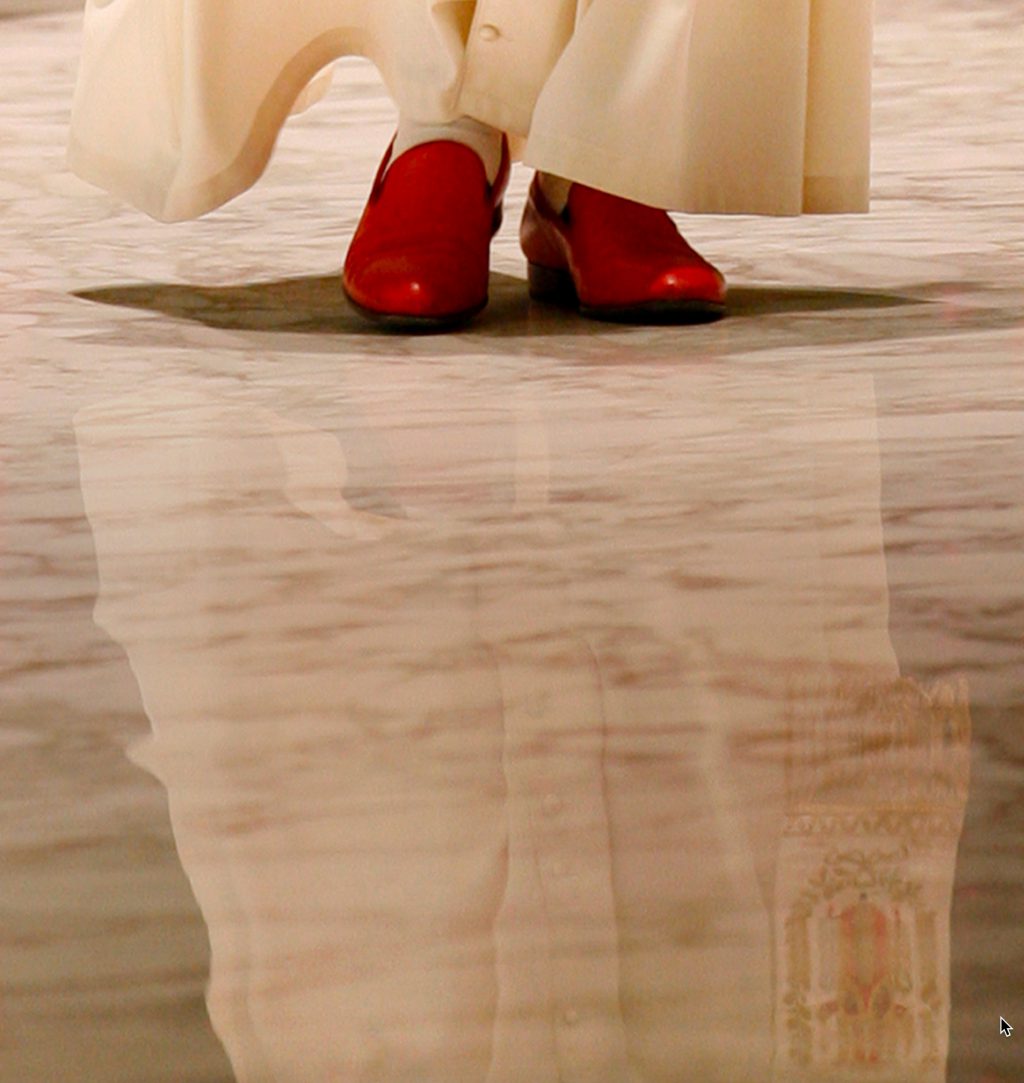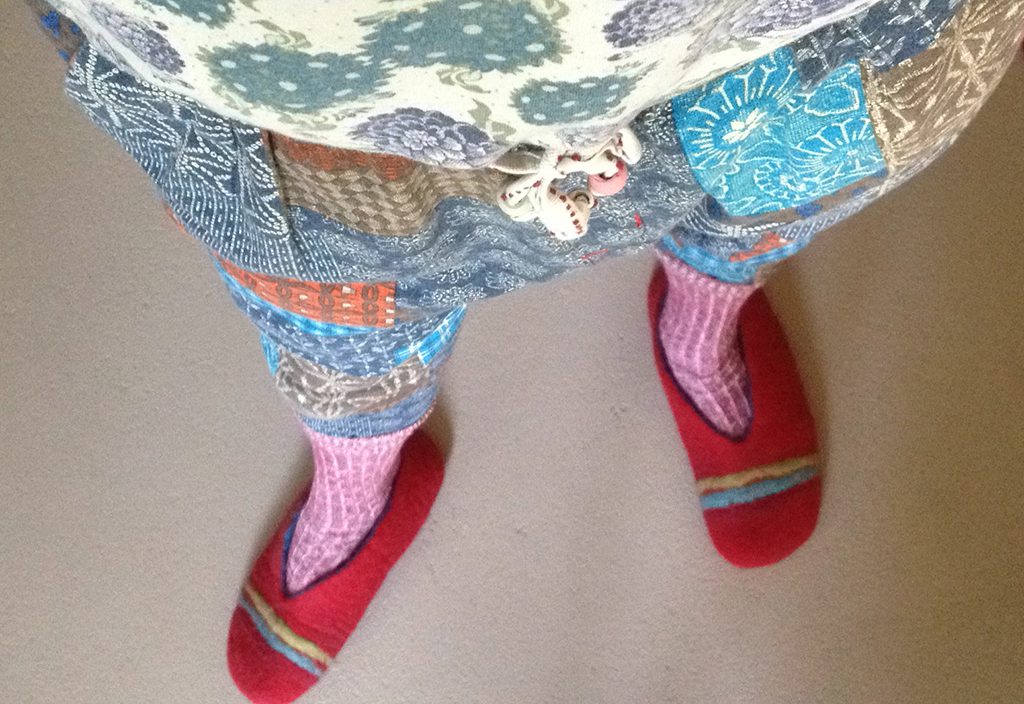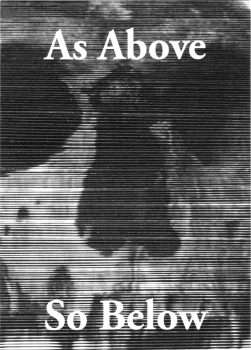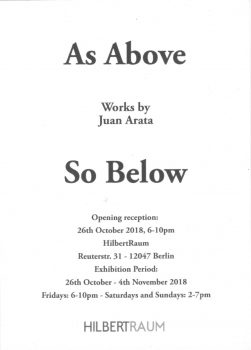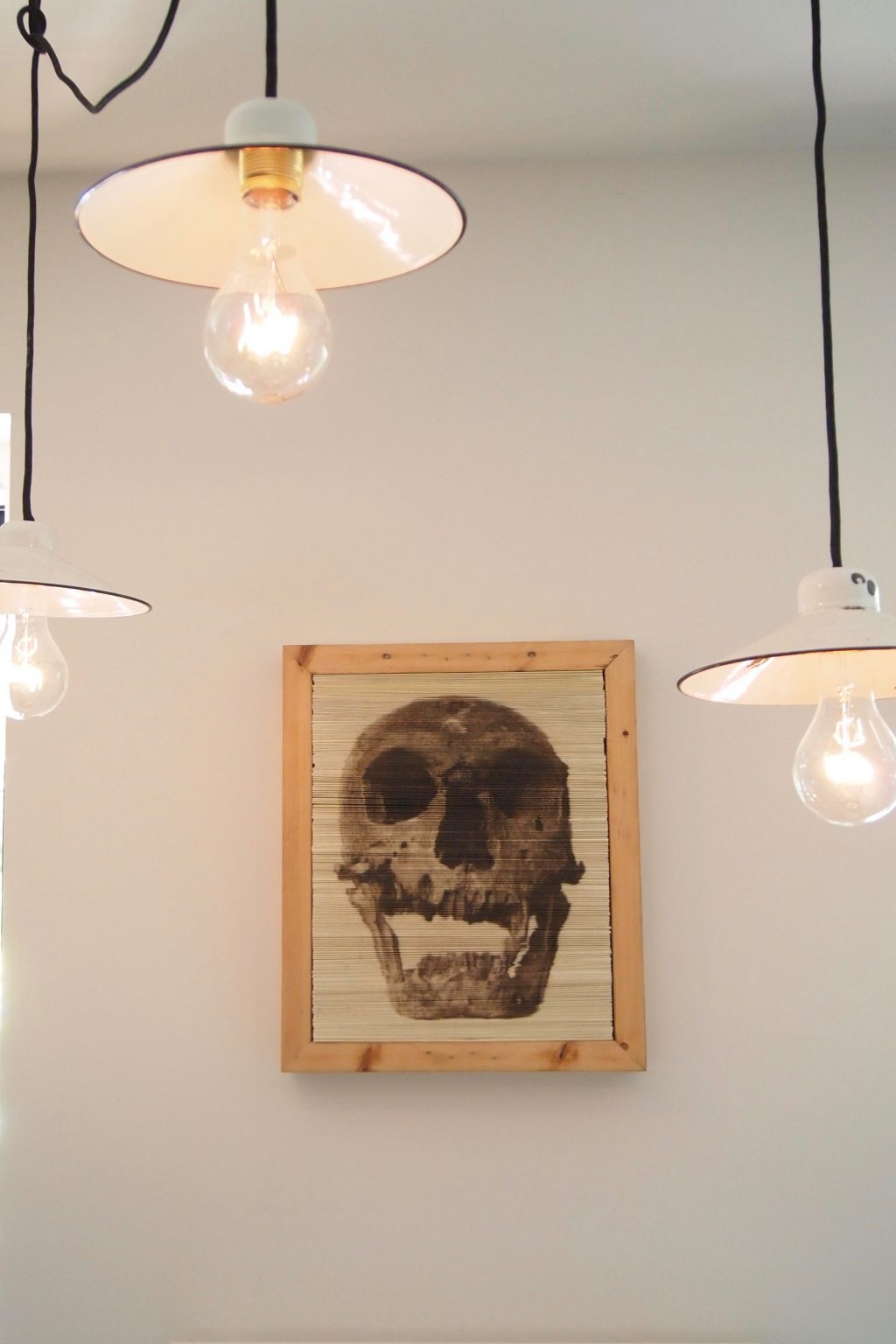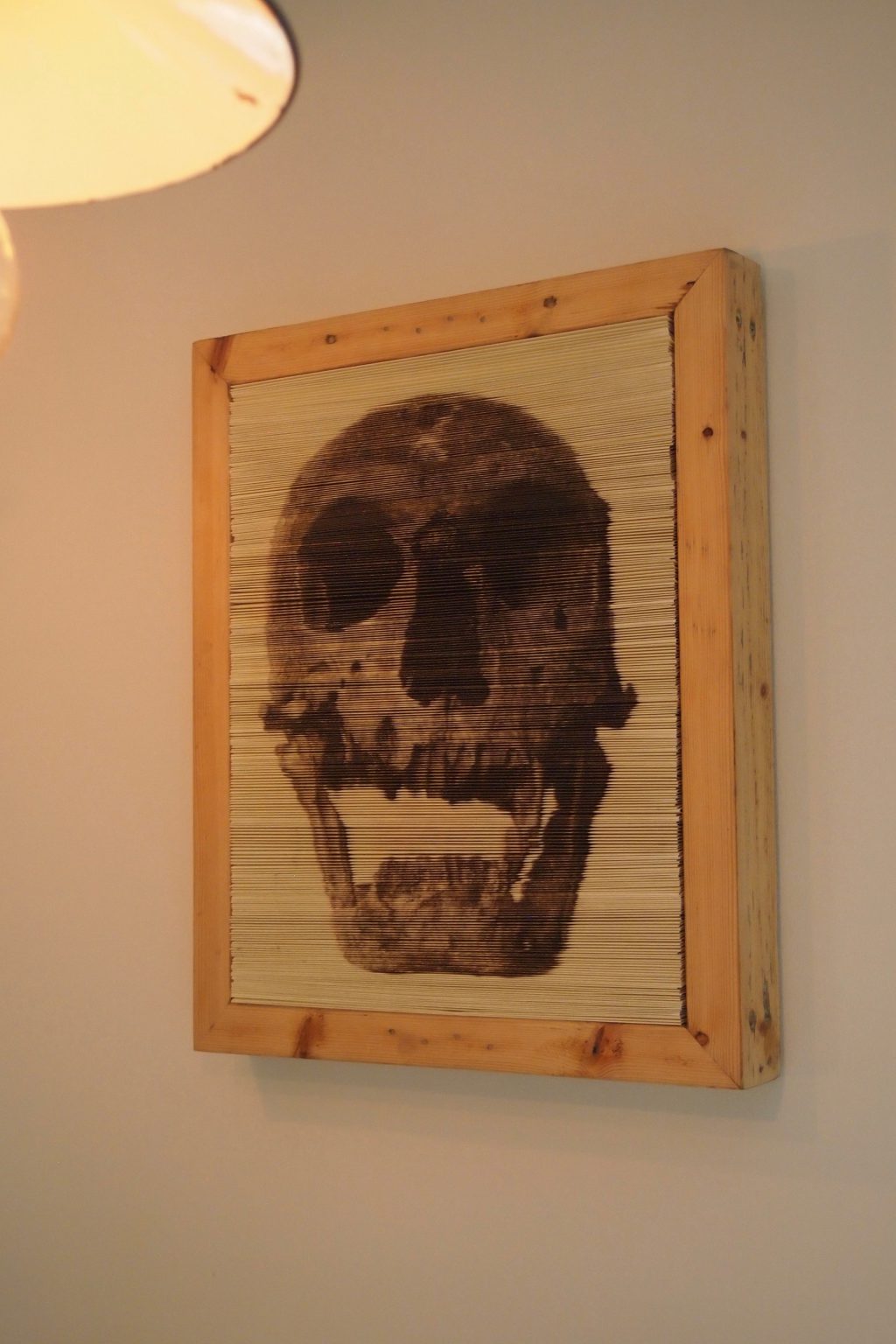Look at the flowers … and smile:

Mein erster Versuch mit (leider nicht winterharten) Dahlien führte erst zu blühenden Erfolgen nachdem die Töpfe erst von der Wiese auf die Terrasse flüchteten, dann von der Terrasse auf einen Holztisch und schließlich und endlich mit einem “ring of slugs-death”, vulgo Schneckenkorn, vor den ständigen Fraßattacken der 2020er-Nacktschneckenplage geschützt wurden. Die Blüten kamen daher spät und zaghaft, eine von fünf Pflanzen müht sich noch in der Oktoberkälte ihre erste Blüte zu öffnen, aber die Hummeln waren trotzdem sehr zufrieden und erkoren die Blüten mitunter auch als Schlafplatz im Sommer, um beim Frühstück die ersten am Nektar zu sein, der offensichtlich mundete!
Good morning, my little bumbles! Breakfast is ready! In fact you’re sitting on it … 🙂
